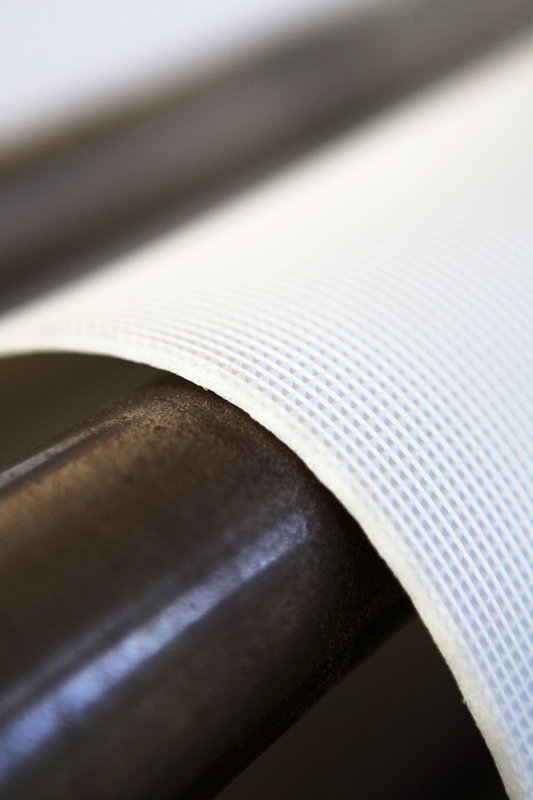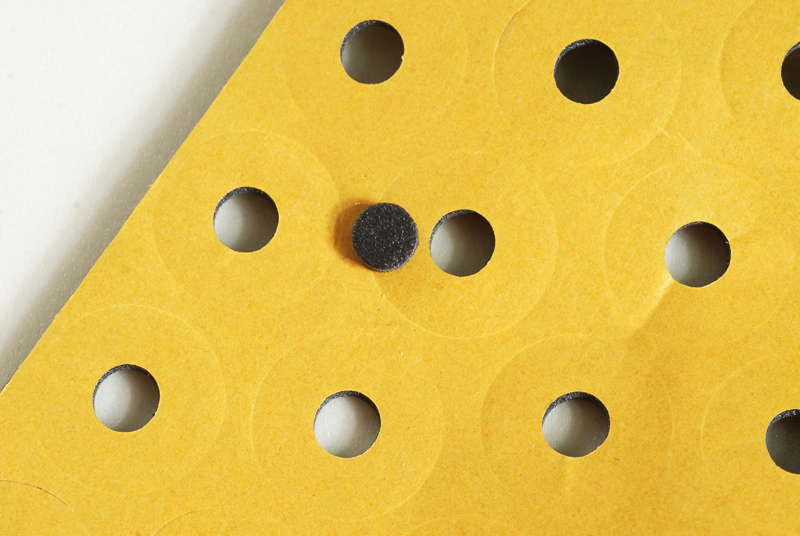Are you ready to embark on a fascinating journey into the world of physically cross-linked polyethylene foam? This versatile material is like a chameleon, adapting to various industries with its unique properties and characteristics. Let’s dive deep into the realm of physically cross-linked polyethylene foam and uncover its secrets.
Imagine a material that is as light as a feather yet strong enough to withstand the test of time. Physically cross-linked polyethylene foam boasts a lightweight structure that belies its durability. Its closed-cell configuration acts as a shield, providing excellent water resistance and insulation. When it comes to absorbing shocks and impacts, this foam is a true champion, offering protection like a trusty shield in battle.
Now, let’s explore the vast landscape of applications where physically cross-linked polyethylene foam shines brightly. From the protective packaging of delicate goods to the automotive industry where noise reduction is crucial, this foam plays a vital role. In the construction sector, it serves as a reliable insulator, while in sports equipment, it enhances comfort and safety. The versatility of physically cross-linked polyethylene foam knows no bounds.

Delving into the manufacturing process of this remarkable material unveils a world of innovation and precision. The cross-linking process is like weaving a intricate web, strengthening the foam’s molecular structure. Various foaming techniques are employed to achieve the desired density and texture, ensuring customization options for different applications. It’s a symphony of science and art, crafting physically cross-linked polyethylene foam to perfection.
Properties of Physically Cross-Linked Polyethylene Foam
Physically cross-linked polyethylene foam boasts a remarkable set of properties that make it a preferred choice in various industries. One of its standout features is its lightweight structure, which provides excellent versatility in applications where weight is a concern. Additionally, the closed-cell configuration of this foam ensures enhanced durability and resistance to moisture, making it ideal for use in damp or outdoor environments.
Another key property of physically cross-linked polyethylene foam is its water resistance, which sets it apart from other materials by preventing water absorption and maintaining its integrity in wet conditions. This feature makes it a reliable option for applications requiring exposure to moisture or liquids without compromising performance.

Furthermore, the shock absorption properties of physically cross-linked polyethylene foam make it an excellent choice for protective packaging and cushioning materials. Its ability to absorb impact energy and distribute it evenly helps safeguard delicate items during transportation or handling, reducing the risk of damage.
Applications of Physically Cross-Linked Polyethylene Foam
When it comes to the applications of physically cross-linked polyethylene foam, the possibilities are vast and diverse. This versatile material finds its way into numerous industries and products, thanks to its unique properties that cater to various needs.
In the packaging industry, physically cross-linked polyethylene foam is widely used for cushioning and protection during transportation. Its shock absorption properties make it ideal for safeguarding fragile items from damage caused by impact or vibration.
Within the automotive sector, this foam is utilized for gasketing, sealing, and insulation purposes. Its lightweight structure and water resistance make it a preferred choice for automotive manufacturers looking to enhance the durability and performance of their vehicles.
In the construction field, physically cross-linked polyethylene foam serves as an excellent insulating material. Whether used in roofing, flooring, or wall insulation, its closed-cell configuration provides superior thermal and acoustic insulation, contributing to energy efficiency and comfort in buildings.
Moreover, the sports equipment industry benefits greatly from the use of this foam. From padding in helmets and knee pads to flotation devices and yoga mats, physically cross-linked polyethylene foam offers comfort, flexibility, and durability essential for sports gear.
By catering to such a wide array of applications, physically cross-linked polyethylene foam has established itself as a go-to material for industries seeking reliable and versatile solutions. Its ability to meet the demands of packaging, automotive, construction, and sports equipment industries showcases its adaptability and effectiveness across various sectors.
Manufacturing Process of Physically Cross-Linked Polyethylene Foam
When it comes to the manufacturing process of physically cross-linked polyethylene foam, it involves a series of intricate steps that result in the creation of this versatile material. One of the key processes is the cross-linking method, where polymer chains are chemically bonded to form a three-dimensional network. This cross-linking enhances the foam’s durability and resistance to heat and chemicals, making it suitable for various applications.
Additionally, foaming techniques play a crucial role in shaping the final properties of the polyethylene foam. Through controlled expansion of the material, manufacturers can achieve the desired density, cell structure, and thickness of the foam. This customization allows for the production of foam with specific characteristics tailored to meet the requirements of different industries.
Moreover, the manufacturing process of physically cross-linked polyethylene foam offers a range of customization options to suit diverse applications. Manufacturers can adjust parameters such as density, hardness, color, and size to meet the unique needs of customers. This flexibility in production ensures that the foam can be utilized effectively in industries ranging from packaging to automotive.
Overall, the manufacturing process of physically cross-linked polyethylene foam combines advanced technology with precision engineering to create a material that excels in durability, flexibility, and insulation capabilities. By understanding the intricate steps involved in its production, one can truly appreciate the versatility and quality of this foam that serves as a cornerstone in various industries.
Finally, do not forget to review the following pages of Durfoam:


